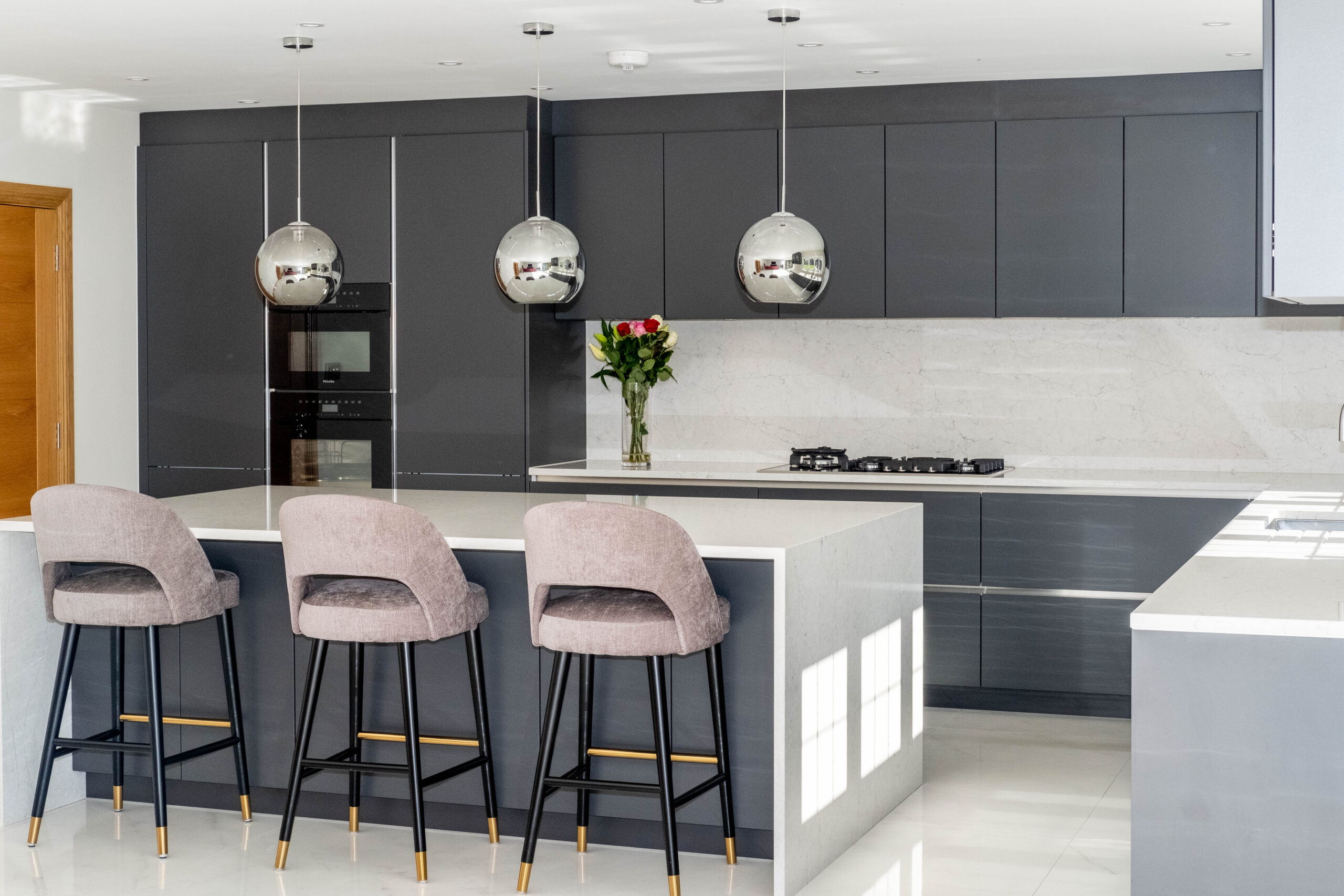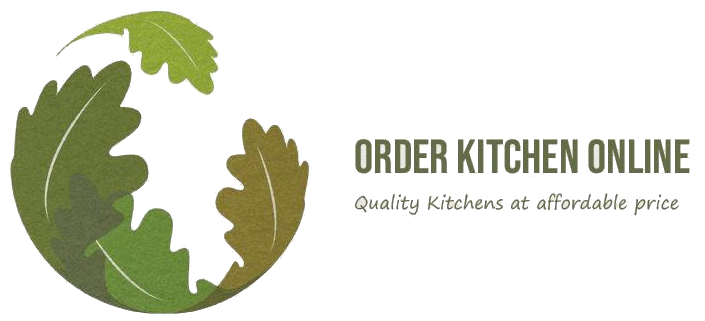About Us
For over 20 years, we have provided custom business solutions for hundreds of clients.
Lorem ipsum dolor sit amet, consectetur adipiscing elit, sed do eiusmod tempor incididunt ut labore et dolore magna aliqua. Nibh praesent tristique magna sit amet
empor incididunt ut labore et dolore magna aling elit, sed do eiusmod tempor incididunt ut labore et dolore magna aliqua. Nibh praesent tristique magna sit amet purus. ldio ut sem nulla pharetra diam sit amet nisl. Facilisi cras fermentum odio eu feugiat. Aenean sed adipiscing diam donec. Diam volutpat commodo sed egestas. Et ligula ullamcorper malesuada proin libero nunc consequat interdum varius.

KITCHEN JARGON

When it comes to designing and furnishing your kitchen, understanding the Jargon associated with kitchen furniture is essential. Knowing the various components and their functions will help you make informed decisions, whether you’re remodeling your existing kitchen or building a new one. In this article, we will explore the key terminologies related to kitchen furniture, including plinth, panel, base units, wall units, tall units, and more.
- Plinth
The plinth, also known as a kickboard, is the horizontal panel that sits at the base of kitchen cabinets, cupboards, or other storage units. Its primary purpose is to cover the gap between the floor and the lower edge of the cabinets, creating a finished look. Plinths come in various materials and finishes, such as wood, plastic, or metal, and can be seamlessly integrated into the overall kitchen design.
- Panel
Panels in the context of kitchen furniture refer to decorative or functional flat surfaces used to cover the sides or exposed areas of cabinets and other kitchen elements. These panels can be used for aesthetic purposes, hiding appliances or integrated refrigerators, or to create a cohesive look by matching the cabinet finish. Panels come in various styles and materials, allowing you to customize your kitchen’s appearance.
- Base Units
Base units are the foundation of kitchen furniture. These are the lower cabinets and storage units that rest directly on the floor, providing both storage space and support for countertops. Base units can be equipped with drawers, shelves, or pull-out trays, making them versatile for storing pots, pans, utensils, and other kitchen essentials. They are available in different widths and configurations to accommodate your specific needs and preferences.
- Wall Units
Wall units, often referred to as wall cabinets or overhead cabinets, are mounted on the wall above the countertop and base units. These units provide additional storage space and can be used to store dishes, glassware, and cookware. Wall units come in various heights and widths to fit your kitchen’s design, and they may have glass doors, open shelving, or solid doors depending on your preferences.
- Tall Units
Tall units, as the name suggests, are kitchen cabinets that extend from the floor to the ceiling. They are commonly used to store pantry items, broom closets, ovens, microwaves, or integrated appliances like refrigerators and freezers. Tall units are available in different heights and can be configured with various internal storage solutions to maximize functionality.
- Cornice and Pelmet
Cornices and pelmets are decorative elements used to enhance the appearance of kitchen cabinets. Cornices are typically positioned on top of wall units, adding an elegant finishing touch. They come in various designs, such as curved or stepped profiles. Pelmets, on the other hand, are used to cover the underside of wall units, concealing any lighting fixtures or wires. Both cornices and pelmets can be color-matched to your kitchen’s overall theme.
- Worktop
The worktop, also known as the countertop, is the horizontal surface that spans the top of base units, providing a functional workspace for food preparation and cooking. Kitchen worktops come in a wide range of materials, including granite, quartz, laminate, wood, and stainless steel. Your choice of worktop material can significantly impact the kitchen’s aesthetics and durability.
- End Panel
End panels are used to finish the exposed sides of cabinets, creating a cohesive look in your kitchen. They are commonly used when cabinets are not installed against a wall or to create a finished edge on an island or peninsula. End panels can be made from the same material as the cabinet doors and can be customized to match the kitchen’s design.
9. Upstand
Upstand is normally referred to as a piece of 150 mm-100 mm standing right on top of the worktop normally the same material as a worktop, the whole purpose of the upstand is to make the worktop water/splashproof.
Conclusion
Understanding kitchen furniture terminologies is crucial when designing your dream kitchen. Whether you’re selecting plinths, panels, base units, wall units, tall units, or other components, knowing their functions and design possibilities will help you create a functional and visually appealing kitchen space. Each of these elements plays a significant role in both the aesthetics and functionality of your kitchen, so it’s essential to choose them carefully to suit your needs and style preferences.

KITCHEN JARGON
Unlock the secrets of the culinary world with our comprehensive guide to kitchen terminologies and jargon.

HOW TO MEASURE MY KITCHEN?
Find out the secrets to precision with our comprehensive kitchen measurement guide.

FAQS OKO
Your go-to resource for quick answers to common questions – our FAQs has you covered.
